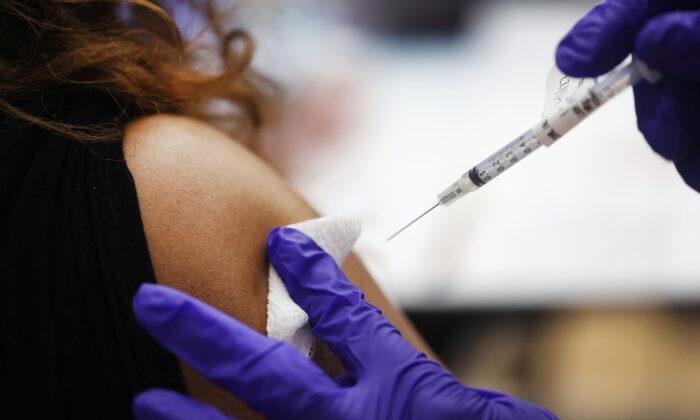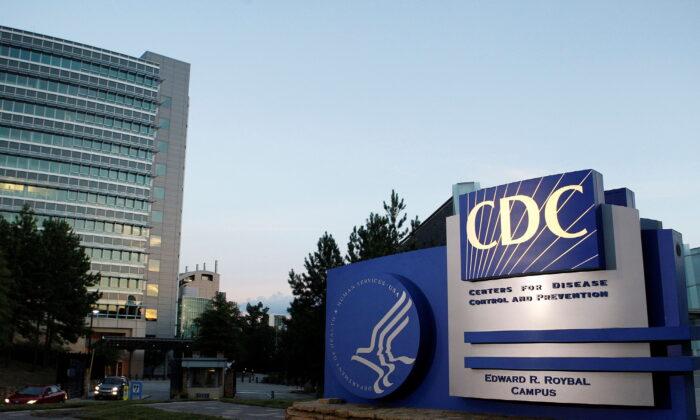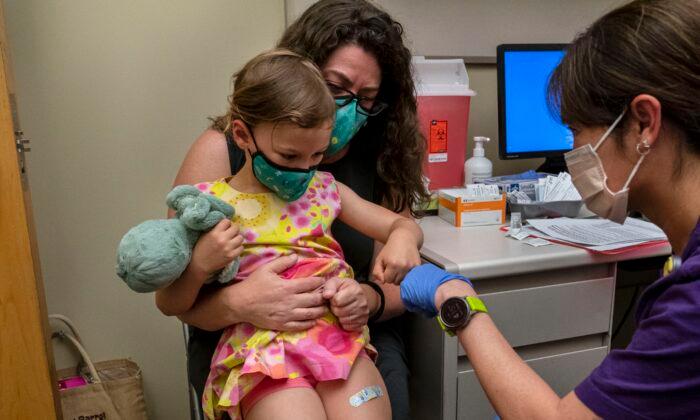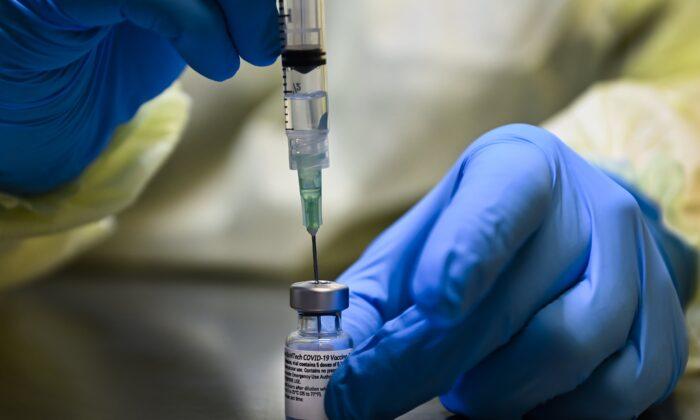The most recent study from China on the prevalence of infection after a lockdown found no transmission of the CCP virus among people who were in close contact with asymptomatic patients, contradicting the current narrative that asymptomatic transmission plays a major role in the pandemic.
An asymptomatic carrier is someone who has not displayed symptoms after being infected, but may spread the virus to others. This is different from someone who is presymptomatic, meaning the person doesn’t feel or look sick, but eventually shows symptoms later, and does transmit the virus during that presymptomatic phase.
Samples of all the asymptomatic cases were also cultured in the lab and “no viable virus” was found, meaning it cannot transmit a virus. The authors also found that 190 of the 300 asymptomatic samples tested positive for antibodies (IgG and/or IgM), indicating a possible recent COVID-19 infection or the PCR test resulted in a false positive.
The scientists identified and followed 1,174 close contacts of the asymptomatic cases and found that none of the contacts tested positive for COVID-19. They noted, “Compared with symptomatic patients, asymptomatic infected persons generally have low quantity of viral loads and a short duration of viral shedding, which decrease the transmission risk of SARS-CoV-2.”
Prior to the CCP virus pandemic, guidance for treatment and diagnosis of a respiratory viral outbreak—including the 2003 Severe Acute Respiratory Syndrome (SARS) outbreak and the 2012 Middle East Respiratory Syndrome (MERS) outbreak—predominantly focused on symptomatic cases to stop the transmission of the disease.

Other Studies
There is evidence that indicates asymptomatic spread is not as prevalent as earlier studies claimed it to be, as high as 81 percent, and that the risk of transmission from asymptomatic patients is low.The overall rate of asymptomatic cases was 17 percent, and asymptomatic carriers were 42 percent less likely to spread the CCP virus compared to symptomatic individuals.
The study involved 21,708 people from 13 studies that followed patients for “at least 7 days to distinguish asymptomatic cases from pre-symptomatic cases.”
Testing of Healthy People
Several countries are universally testing and masking healthy people as an effort to mitigate asymptomatic spread, despite inconclusive evidence to support asymptomatic infections being a driver of the pandemic.“Masks are primarily intended to reduce the emission of virus-laden droplets (“source control”), which is especially relevant for asymptomatic or presymptomatic infected wearers … who are estimated to account for more than 50 [percent] of transmissions.”
Universities across the United States, Canada, and the UK have propped up makeshift testing sites to test students and staff, while Washington Mayor Muriel Bowser has implemented an asymptomatic testing protocol for students and staff participating in the state’s public schools in-person learning program.
“We are proud of the very robust testing system we have built in [the District of Columbia], and now we can use that infrastructure to support this program,” Bowser said in a press release on Dec. 2.
Students whose parent or guardian have signed a consent form will be able to receive a “PCR nasal-swab test” about every 10 days at school, while staff is offered a mailed testing kit once a week, all at no cost.







Friends Read Free